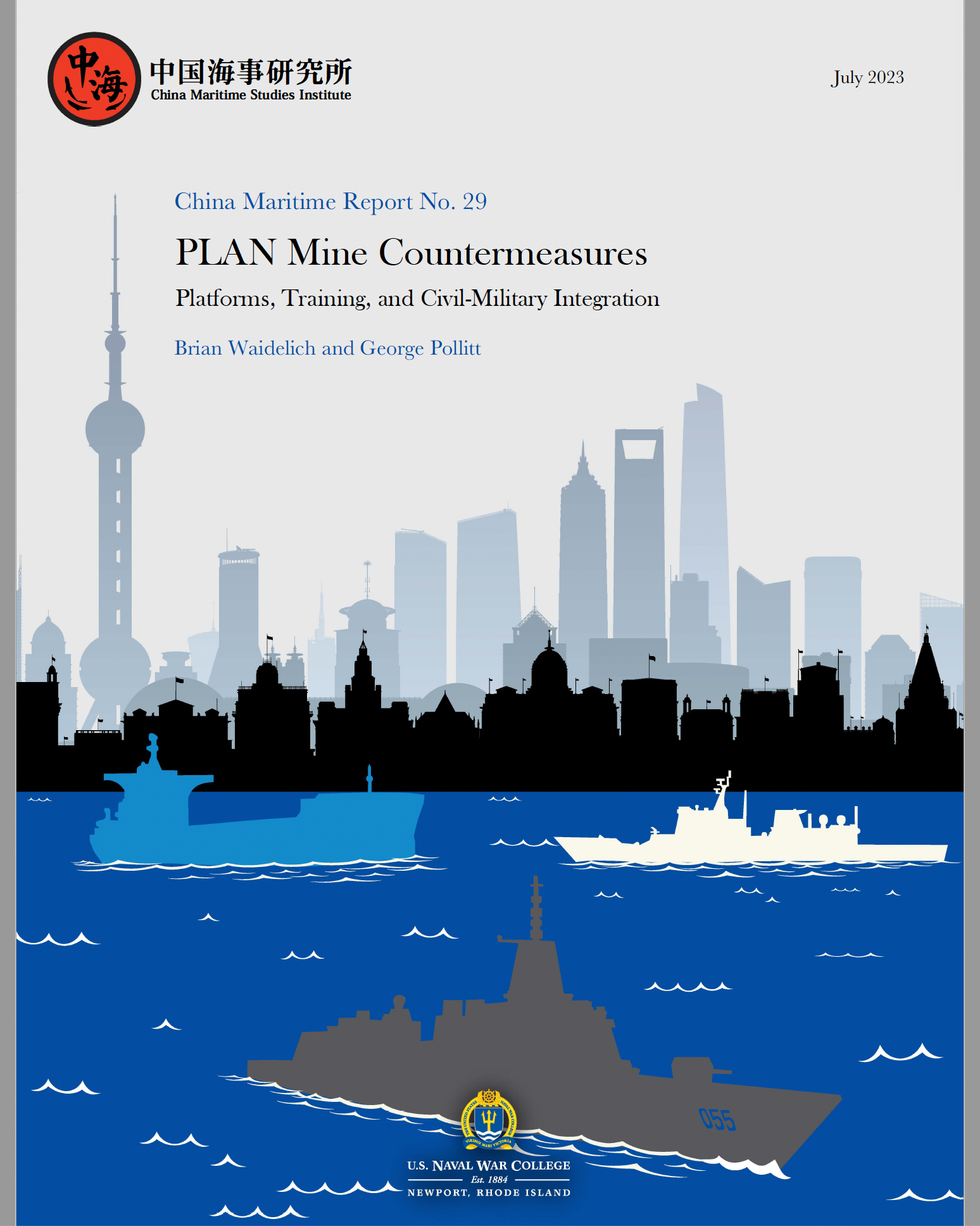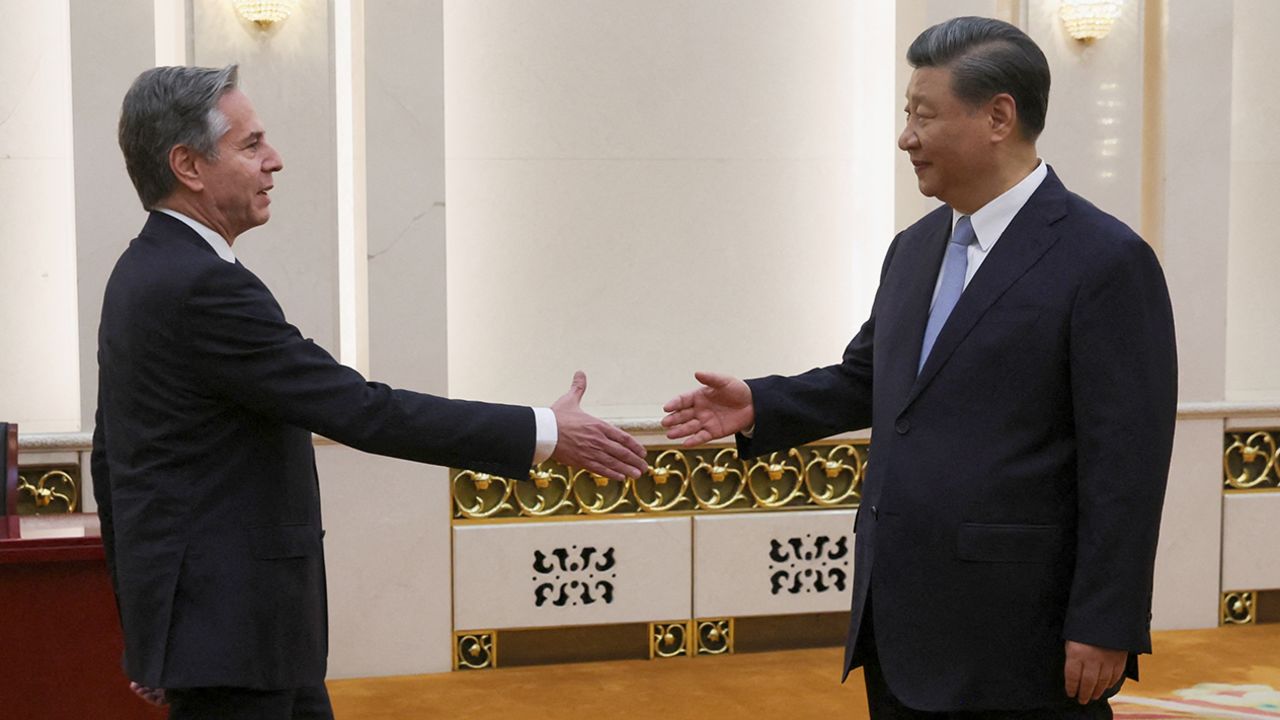Bibek Chand

Buffer states have been important in geopolitical thought as they are usually smaller states situated between two (or more) larger contending powers. These buffer states, along with their contending neighbors, are collectively called buffer systems. Such buffer systems offer opportunities to decipher regional dynamics of interactions. Historically, buffer states were used as geographic discontinuities to prevent direct contact between rival powers. In some cases, such states served as early warning systems for the core of empires, signaling invasions and giving the core time to react to them. For example, the Roman Empire created march states using what they termed barbarian tribes on their periphery to cushion threats from the outside.
Thus, the historical concepts of the buffer state emphasized its static geographic importance for its more powerful neighbors, whether as discontinuities between contending great powers or as early warning systems against invading forces. However, with advances in communication and transportation technologies since the early 20th century, geography (while still important) does not offer the same spatial protections as it did previously. Thus, the buffer state concept needed a reworking to better grasp its importance in contemporary International Relations.
In Reframing the Buffer State in Contemporary International Relations: Nepal’s Relations with India and China, I make the argument for recasting the buffer state concept which is more suitable as an analytical tool in contemporary International Relations. I argue that the buffer state needs to be understood as a dynamic political space wherein its agency is important in order to fully comprehend its role in international politics. However, the buffer state’s importance to its neighbors needs to be included in its assessment as its primary function is tied to the strategic value its contending neighbors attest to it.



















